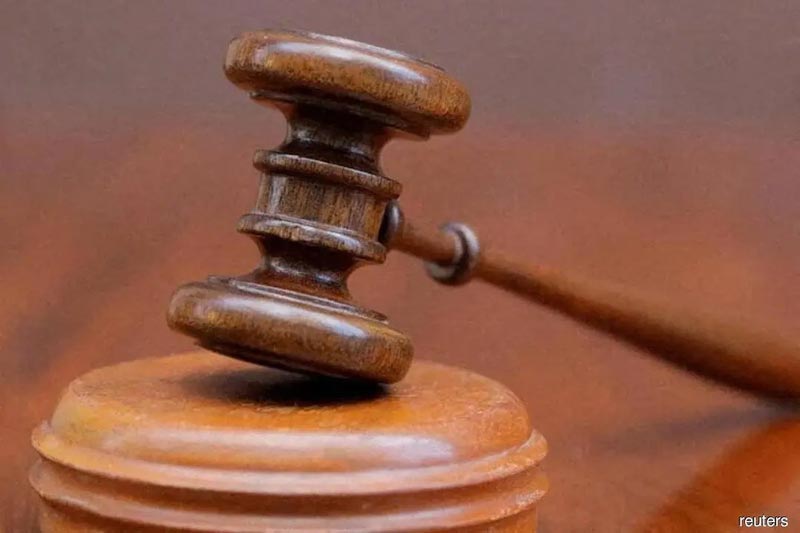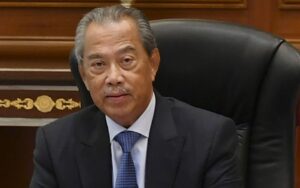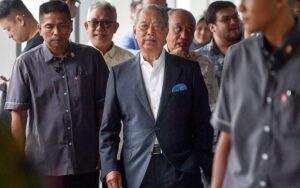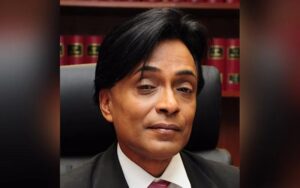By Hafiz Yatim | The Edge Malaysia

The Court of Appeal (COA) was told on Monday that the guilty and death sentence imposed by the High Court on former military doctor Col (Rtd) Dr R. Kunaseegaran, who was one of the five convicted of murdering Deputy Public Prosecutor Datuk Anthony Kevin Morais, was unsafe, as there was no evidence to suggest his involvement.
Kunaseegaran’s counsel Datuk N. Sivananthan, who appeared with Jasmine Cheong, said the trial judge Datuk Azman Abdullah (now COA judge) had wrongly relied on the evidence of G. Gunasekaran, who was initially charged with murder but pleaded guilty to causing disappearance of evidence to convict the pathologist (Kunaseegaran).
Sivananthan, in his submission before a bench led by Datuk Hadhariah Syed Ismail, said his client was not involved at all with Kevin’s murder, as there was no evidence to show prior meeting of the minds between him and the five other accused if Kunaseegaran was alleged to be a mastermind.
He further said that Azman was also wrong to allow the amendment of Kunaseegaran’s charge from abetment to murder, to common intention with the other five to commit murder.
This, Sivananthan added following the trial, shows that there was no evidence to suggest that he (Kunaseegaran) had common intention with the five of them, as the five accused had shown common intention among themselves to murder Kevin.
The other five convicted with Kevin’s murder are R. Dinishvaran, 31, along with money-lender S. Ravi Chandaran, 52, and unemployed individuals AK Thinesh Kumar, 30; M. Vishwanath, 30; and S. Nimalan, 30.
They, along with Kunaseegaran, were convicted of murdering Kevin along Jalan Dutamas Raya Sentul to No. 1 Jalan USJ1/6D, Subang Jaya, between 7am and 8pm on Sept 4, 2015. Kevin’s body was found in a cemented drum which was thrown in a swamp at Subang Jaya.
Sivananthan said that Gunasekaran, who was first arrested in September 2015 but later freed in early 2017, should be considered as an interested party in wanting to see his (Sivananthan’s) client’s (Kunaseegaran’s) conviction, as Gunasekaran had been offered a lesser charge by the prosecution that resulted in him (Gunasekaran) only serving two years and escaped from the murder charge.
Azman accepted Gunasekaran’s testimony and classified him as an accomplice in the case, but did not handle Gunasekaran’s testimony properly, as he had given conflicting evidence to implicate Kunaseegaran and this was also admitted by the investigating officer.
Sivananthan said Gunasekaran had testified in court, of his supposed meeting with Kunaseegaran and of the pathologist’s reaction, but the police’s recording officer had denied that Gunasekaran had told him this when he recorded the statement.
Sivananthan added that it was Ravi Chandran who had planned Kevin’s abduction and murder, in order to impress his client Kunaseegaran.
The senior lawyer said while it was true that Kunaseegaran did face problems with Kevin following the DPP having charged Kunaseegaran with graft, and even tried to have Kevin recused from prosecuting him, there is no reason to link his client with the murder, as he only took advice from his lawyer (involved with the graft case then) to recuse Kevin.
Sivananthan claimed that it was Ravi Chandran who was deeply involved in the crime, when he pulled in others in a bid to impress Kunaseegaran, although the two (Ravi Chandran and Kunaseegaran) had a breakdown in their relationship in the beginning of 2015.
“The fact that Kunaseegaran and Ravi Chandran were not on talking terms, was never challenged by the prosecution and the High Court should have accepted it. Furthermore, Kunaseegaran had told Ravi Chandran to stay away from his family before (Kevin’s) incident took place.
“This misappreciation of facts by the trial judge (Azman) was not taken into consideration and hence warranted appellate intervention to free my client,” Sivananthan added.
No fingerprint or DNA evidence
Lawyer M. Manoharan, for Dinishvaran, told the appellate bench that his client was wrongly implicated in the murder case, and was never involved at all.
“In the High Court judgement, there was no fingerprint [and] no DNA evidence to implicate Dinishvaran’s involvement in the matter. His only involvement was that he was last seen together (with the other four accused except Kunaseegaran), but he has not contributed to the commission or participation of the offence,” Manoharan added.
Burhanudeen Abdul Wahid for Thinesh Kumar said his client did not know Kunaseegaran and there was no motive for his client to be involved in the murder.
Furthermore, he said Thinesh Kumar was not involved in any pre-arranged meeting over the planned crime.
Amer Hamzah Arshad for Nimalan said the lower court had erred into thinking the homicidal nature of the crime, as to whether there are questions on whether the prosecution has sufficient evidence to try all the accused including Nimalan, under section 300 for murder.
“The court had erred in its analysis whether murder had been established, as it inferred irrelevant facts. There is no evidence to support such a proposition,” Amer Hamzah said, adding if at best, the charge should fall under section 299 of the Penal Code for culpable homicide, or under section 201 for causing evidence of disappearance,” he said.
Amer is scheduled to continue his submission on Nimalan on Thursday (Dec 7), as with Kitson Foong, who is appearing for Ravi Chandran, before a bench that also comprises Datuk Ahmad Zaidi Ibrahim and Datuk Azmi Ariffin.
The prosecution is led by Deputy Public Prosecutor Datuk Mohd Dusuki Mokhtar.



